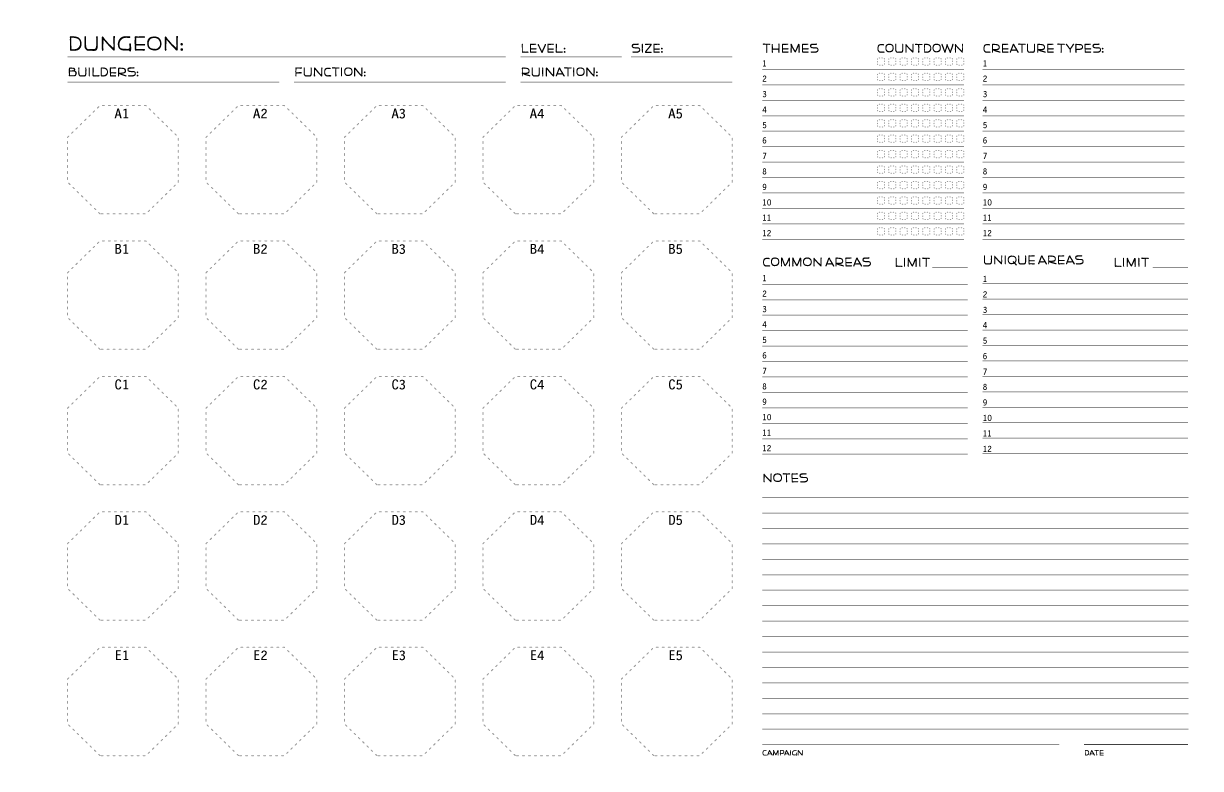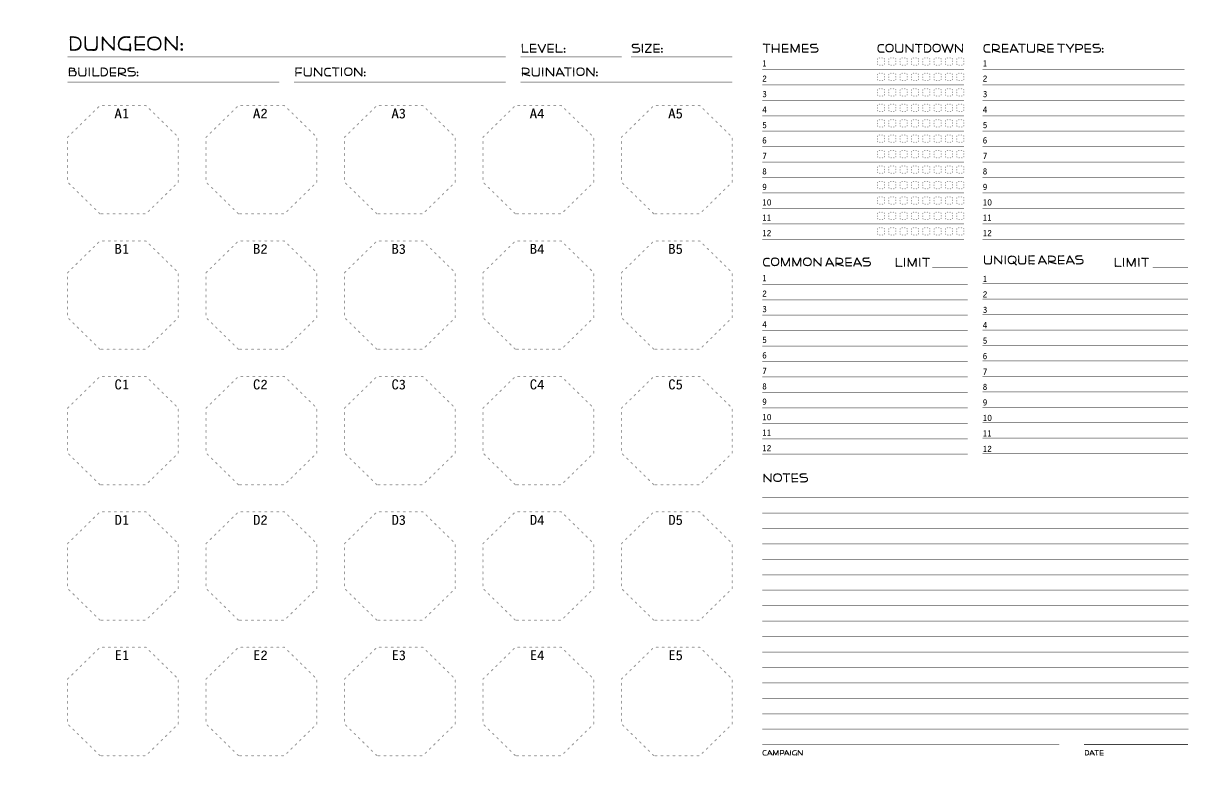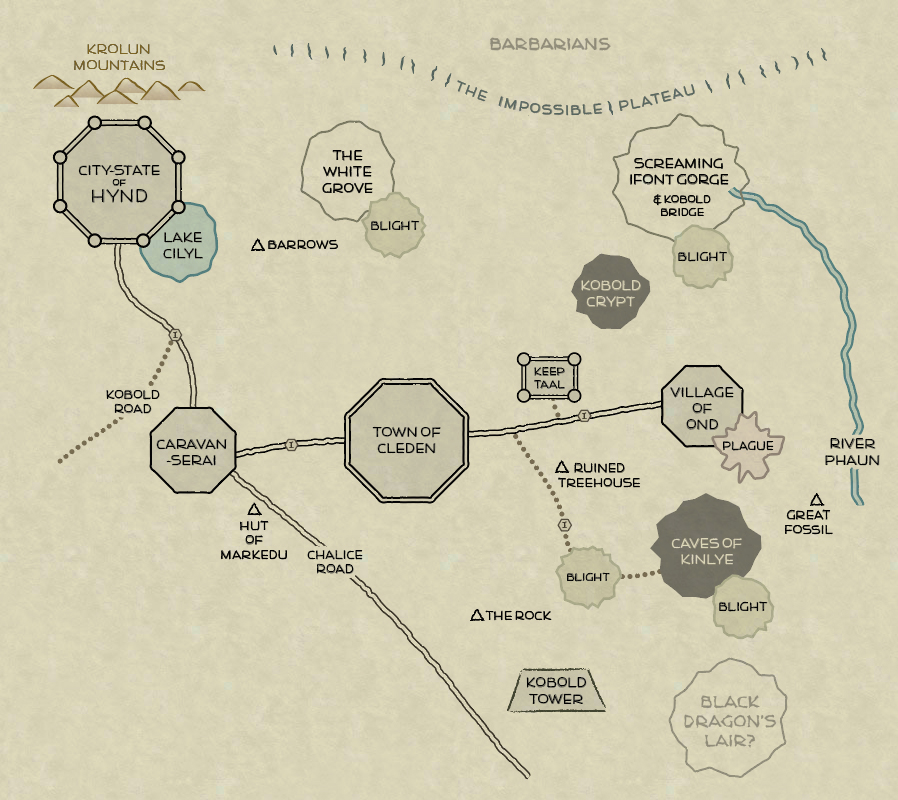Three exciting developments from my home-brew FotF games.
1. Class Points (Mettle, Cunning, Favor, Power) can now be burned.
2. Debilities exist on top of burnage, and they require rest in a settlement to get rid of (or special potions or magic items)
3. The following d12 table of “Worse Outcomes, Hard Choices”
1. The impossible happens…
2. Out of the frying pan, into the fire…
3. A new hazard is added to the environment.
4. An ally is now threatened/at a disadvantage
5. Success will require self-sacrifice…
6. Success will cost resources or gear
7. You are disadvantaged. Take -1 forward.
8. Change of location/positioning, for the worse.
9. You missed an important detail.
10. Treasure is sacrificed (new or existing).
11. A new danger replaces the old.
12. You burn or exhaust…
1) Strength
2) Intelligence
3) Wisdom
4) Dexterity
5) Constitution
6) Charisma
7) Luck
8) Lose 1d4 HP instead.
9) Class Points (Favor, Mettle, Power, Cunning)
10) Duration or re-roll
11) Carrying Capacity
12) Roll twice and SUFFER.
In other news, I’ve got one group (Fighter, Magic-User, Cleric, Thief) who are committed to exploring what happens when we push beyond 10th level!





